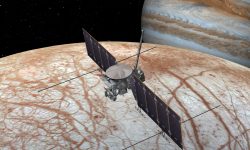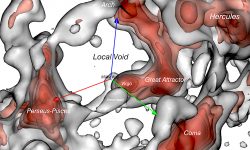One Shift, Two Shift, Redshift, Blueshift
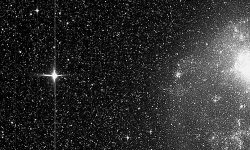
November 10, 2020 Are there thousands of exoplanets? Exoplanets are thought to be in orbit around various stars in the Milky Way. In the past, it was impossible to see them, because starlight is so bright that it obscures dim, reflecting bodies like planets. Twenty years ago, astronomer Geoff Marcy,…
Magnetic Imagination

November 9, 2020 The mainstream theory of magnetic reconnection is a common “explanation” for celestial phenomena. As the consensus view states, Earth’s magnetosphere stretches and deforms like a teardrop, because it is being bombarded by a powerful stream of charged particles from the Sun. As it is pushed on the…
Faults and Folds?
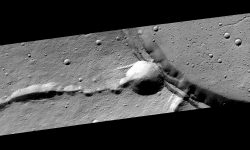
November 6, 2020 Electricity “grips”. Volcanoes on Earth are said to form when tectonic plates move over upwelling magma plumes. Conventional theories state that rising magma naturally erupts from the weakest fractures in the plates, building up lava deposits and creating steep-sided mountains. As discussed in a previous Picture of…
A Sea of Charge
Sparkling Pixie Dust

November 4, 2020 Transient optical phenomena dominate Jupiter’s environment. The Juno spacecraft was launched on August 5, 2011. After a five-year flight, it entered orbit around Jupiter on July 4, 2016. As most readers know, Jupiter is the largest planet, with an equatorial diameter of 142,984 kilometers. it is so…
What’s the Rush?
A Misunderstanding
Shock and Amazement
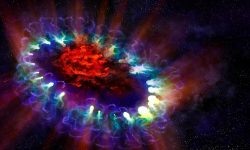
October 30, 2020 Dusty space. According to astronomers, stars condense out of protoplanetary nebulae. X-ray emissions from such clouds are thought to indicate new fusion reactions are beginning. As previously written, supernovae send shockwaves into regions of greater density, compressing the wispy dust and gas. That process is what is…
The Deccan Traps

October 29, 2020 Continental flood basalts. A wide region of central India is dominated by what geologists call “flood basalts”, because they represent what are thought to be the largest eruptions of magmas ever to occur on Earth. The Deccan Plateau consists of basalt lava more than 2000 meters thick,…





